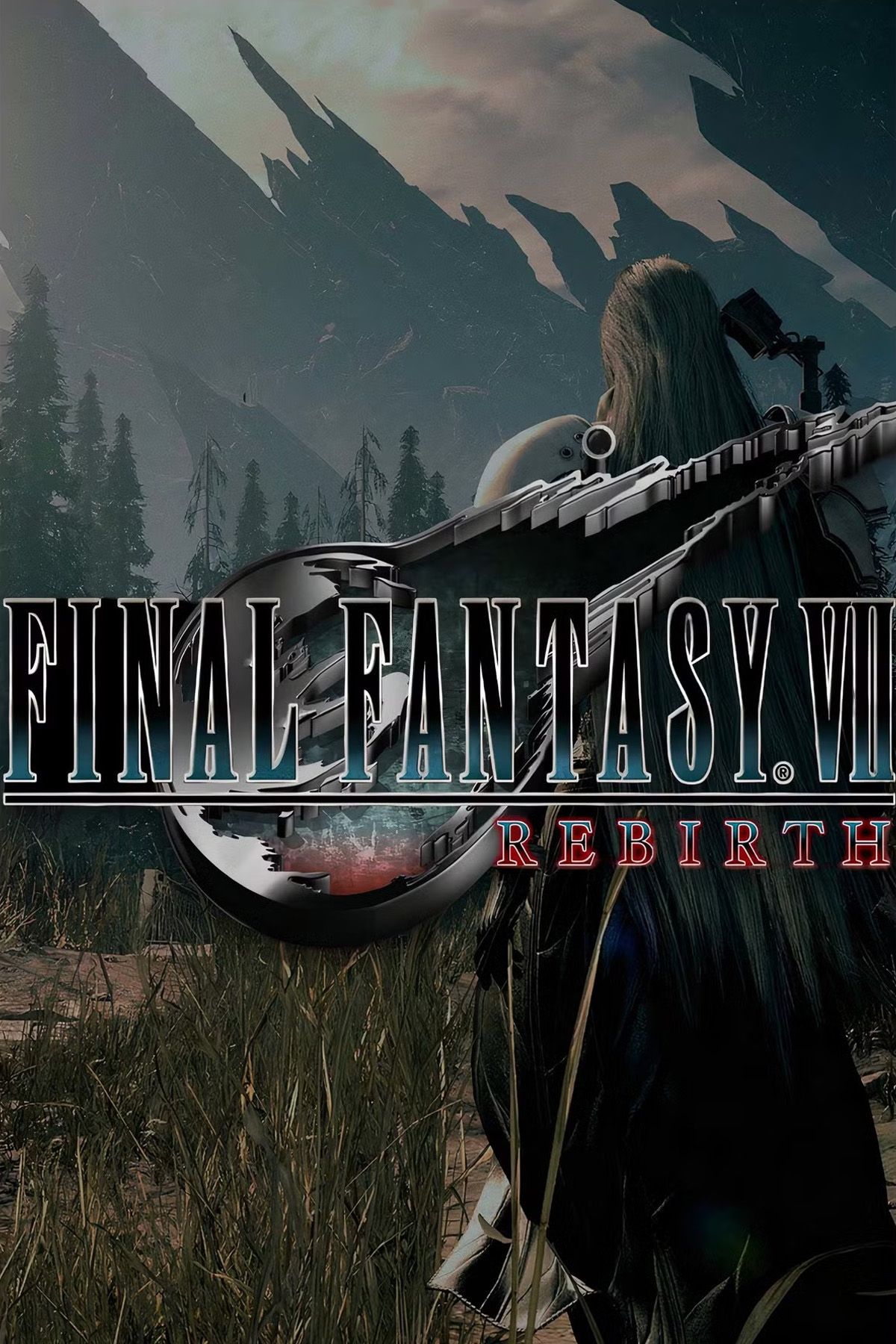Summary
- Final Fantasy 7 Rebirth redefined what a remake can be by taking bold risks and expanding the game’s world.
- The game deviated from traditional norms of remakes and embraced new plot points and character arcs.
- Reception of its ambitious semi-open-world exploration was mixed, but it remains a groundbreaking remake.
The word “remake” isn’t always received that well in the gaming industry, and even in the entertainment industry as a whole, for that matter. It generally carries implications that the final product will be unoriginal and uninspired, with the entire project being considered a pointless waste of resources at times. However, when a remake is done well, it can achieve a level of success greater than its original, and Square Enix’s Final Fantasy 7 Remake was proof of that when it was released in 2020. Then, four years later saw the launch of its successor, Final Fantasy 7 Rebirth, which took bold risks to show that sometimes remakes can be much more than a new coat of paint.
Based on industry standards, Final Fantasy 7 Rebirth is one of the most ambitious video game remakes ever made, as it somehow managed to strike a balance between honoring its roots while simultaneously carving out its own identity and laying the groundwork for its future in the modern era. Rather than committing itself to what many have already come to expect of a remake, Final Fantasy 7 Rebirth chose to offer veteran Final Fantasy 7 fans a familiar trip into the world they have long loved and newcomers a fresh, modern take on a game that is now nearing 30 years old. In the end, this approach rewrote the rules of what a remake can be, setting a standard for the concept moving forward.

Related
The Argument For and Against a Final Fantasy 6 Remake Like 7
If a remake of the iconic Final Fantasy 6 ever happens, there are cases to be made for it resembling FF7’s updated take, or forgoing that route.
Final Fantasy 7 Rebirth Proves More Remakes Should Take Risks
Final Fantasy 7 Rebirth Defied Remake Conventions and Its Own Traditions
The gaming industry has long treated video game remakes as little more than faithful upgrades, with graphical and quality-of-life overhauls, and maybe a few new quests. Much of this stems from a developer’s desire to ensure that veteran fans of the original game are alienated by a new set of rules introduced in the remake, whether those rules be tied to design principles, story, or gameplay. Some developers even choose to go the route of relying primarily on nostalgia to fuel a remake’s reception, hoping that enough of the original game’s veterans will flock to the remake to make it successful.
However, when Final Fantasy 7 Rebirth launched a year ago, it wasn’t just another nostalgia-fueled reimagining of a classic game. It wasn’t merely the same game that everyone knew, now with modernized gameplay, quality-of-life improvements, and better visuals. Final Fantasy 7 Rebirth ultimately showed that remakes don’t have to be bound by the past — gameplay, world, story, or otherwise. Rather than playing it safe and remaining within the confines of modern remake conventions, Final Fantasy 7 Rebirth, arguably even more than Remake before it, went above and beyond those expectations.
Based on industry standards, Final Fantasy 7 Rebirth is one of the most ambitious video game remakes ever made, as it somehow managed to strike a balance between honoring its roots while simultaneously carving out its own identity and laying the groundwork for its future in the modern era.
One of Final Fantasy 7 Rebirth‘s most defining characteristics is its willingness to deviate from the established timeline, which is a massive risk for one of the greatest RPGs of all time, but nonetheless one that it took unapologetically and with all boldness. Final Fantasy 7 Remake teased this concept at its ending, but Rebirth fully embraced the idea with different character arcs and new plot points — both of which are generally unheard of in the remake world. While some of these risks eventually proved to be controversial, Final Fantasy 7 Rebirth was still recognized by many gamers as one of the best games of 2024.
Final Fantasy 7 Rebirth Redefined What It Means to Expand a Game’s World
Final Fantasy 7 Rebirth didn’t just rewrite and rearrange certain elements of its story and characters either, as it singlehandedly redefined what it means to expand a game’s world. Often, remakes simply add a few bits of new content here and there in an effort to offer returning players something new. Final Fantasy 7 Rebirth, on the other hand, expanded the original game’s world, offering players sizable semi-open-world exploration, rather than the more confined environments of the original Final Fantasy 7. Now, the concluding chapter of the Final Fantasy 7 Remake trilogy is expected to be even larger, complete with Cid’s airship for travel.
Of course, reception of Final Fantasy 7 Rebirth‘s semi-open-world exploration was divided, with most of the criticism targeting its repetitiveness.
In short, Final Fantasy 7 Rebirth clearly wasn’t just a remake. It challenged traditional assumptions about what a remake should be, proving that a classic can be honored without being tied down to its past. It expanded its world, reimagined its characters, and reshaped its narrative in ways that no one could have anticipated, showing that reinvention and respect for legacy can go hand in hand. Even a year later, its impact still resonates, not just within the Final Fantasy franchise but across the entire industry. If Final Fantasy 7 Rebirth has taught the industry anything, it’s that a great remake doesn’t just make a game look and feel better, but redefines what is possible with the tools already given to it.














Leave a Reply